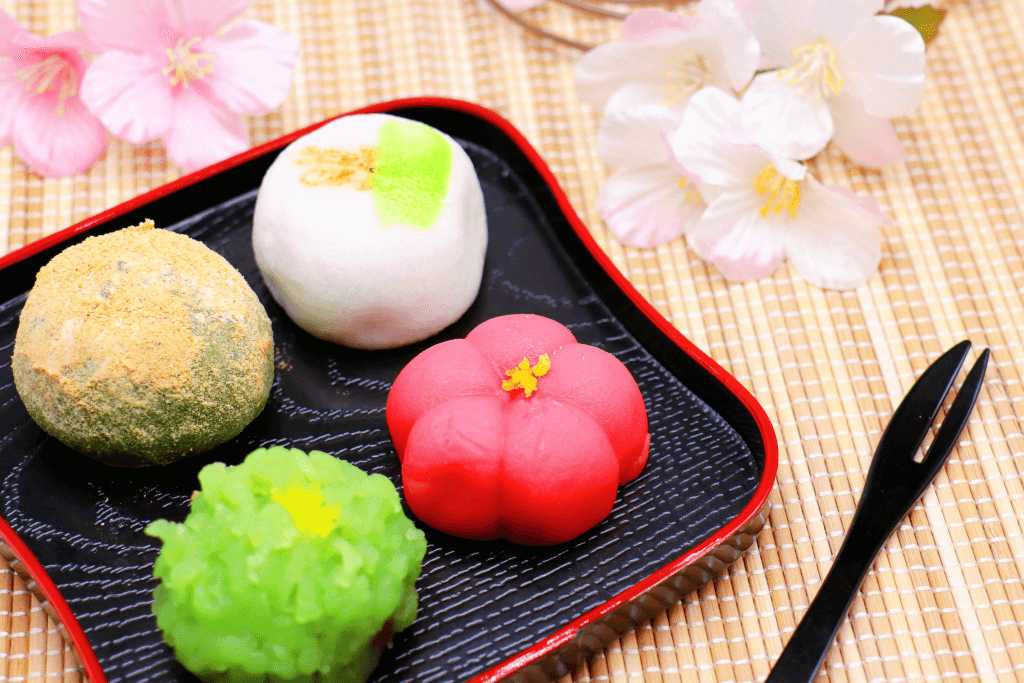Japanese cuisine makes extensive use of the ideas of visual beauty and seasonal change. Namagashi (raw sweets), or traditional soft candy, is an example. The four seasons of Japan are reflected in its elegant design, which incorporates seasonal and natural symbols like leaves and flowers.
They are as delightful as they are beautiful, an accurate representation of the beauty of Japanese aesthetics. Keep reading as we will take you through the best types of soft candy that you won’t regret trying!
Table of Contents
ToggleWhat is Namagashi: Traditional Soft Candy?
Namagashi is a Japanese dessert that is more elaborate than most other Japanese wagashi (traditional Japanese sweets). These are little, unbaked cakes usually made of rice and served at tea ceremonies. They incorporate azuki (sweet red bean paste), jellies, fruits, or nuts as fillings. Namagashi is incredibly soft and easy to consume.
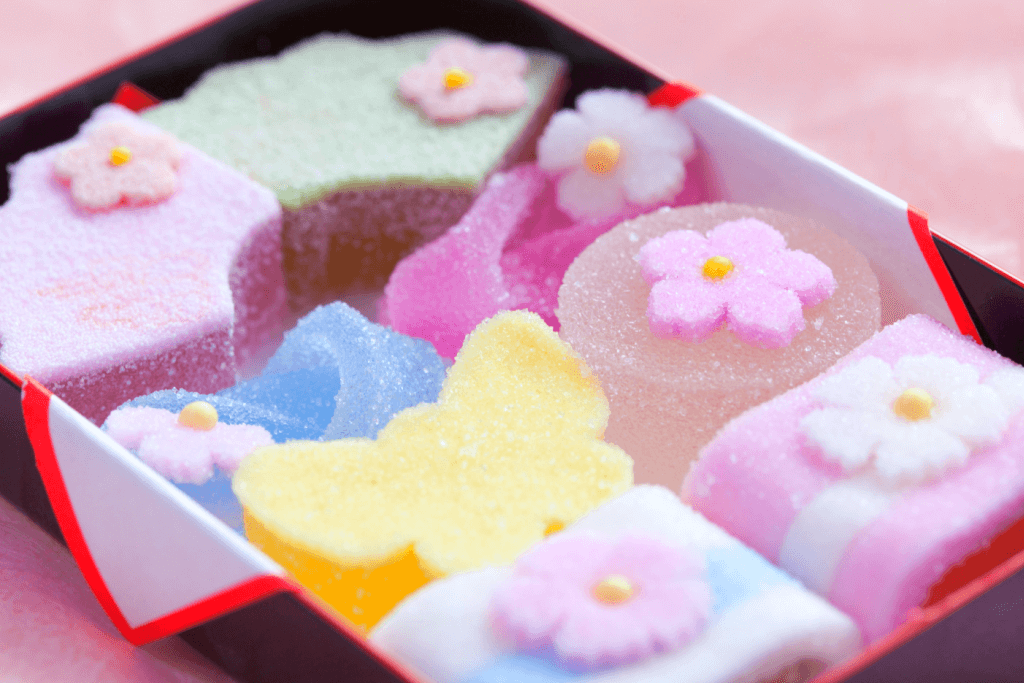
Unlike other wagashi, like higashi (dry confectionery), namagashi has much more moisture. It is essential to consume them right after they are made because they typically contain 30% more water than other types. Tea ceremonies frequently pair a single namagashi with a higashi.
This can be more expensive than traditional soft candy because they make lovely gifts. While some are popular and extensively offered at specialty stores nationwide throughout the year, others are only offered locally or during certain times.
The Different Types of Namagashi: Traditional Soft Candy
There are many different kinds, but they typically reflect seasonal changes in nature. Here are some of our favorites!
Shoro
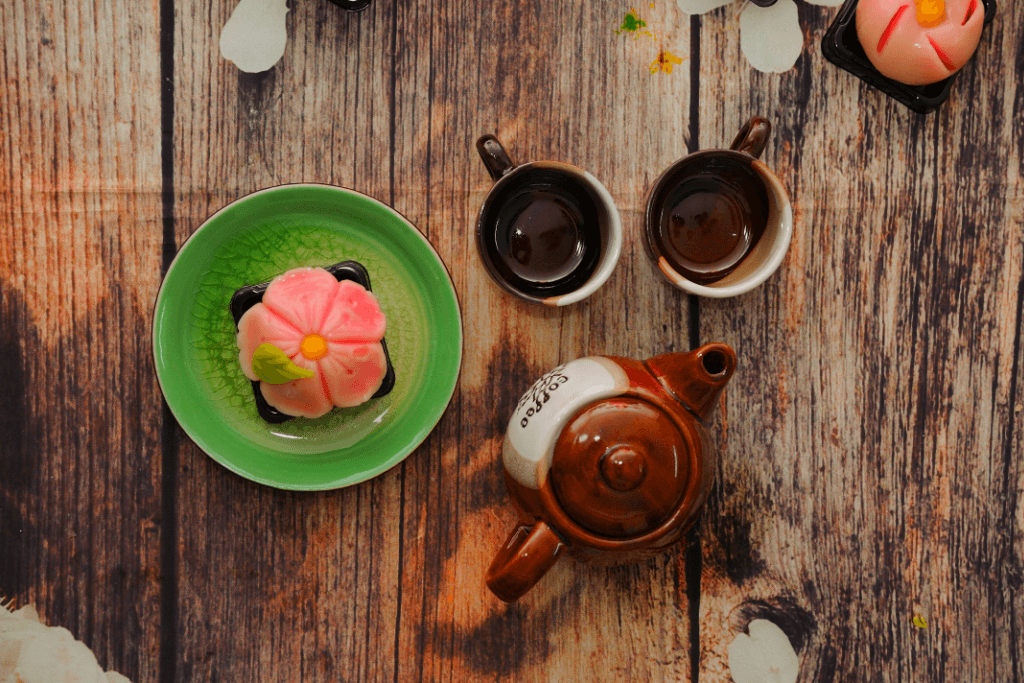
Shoro is a traditional Japanese sweet of anko with a sugar coating. These charming little candies come in three colors. It’s a semi-raw, delicate Kyoto confectionery that delights people of all ages. Kyoto is home to some of the most notable sweets in Japanese cuisine.
Looking to enjoy traditional Japanese sweets without leaving your home? Check out Sakuraco! Sakuraco delivers traditional Japanese snacks, teas, sweets, and snacks from local Japanese makers directly to your door so you can enjoy the latest sweets directly from Japan!
Joyo Manju
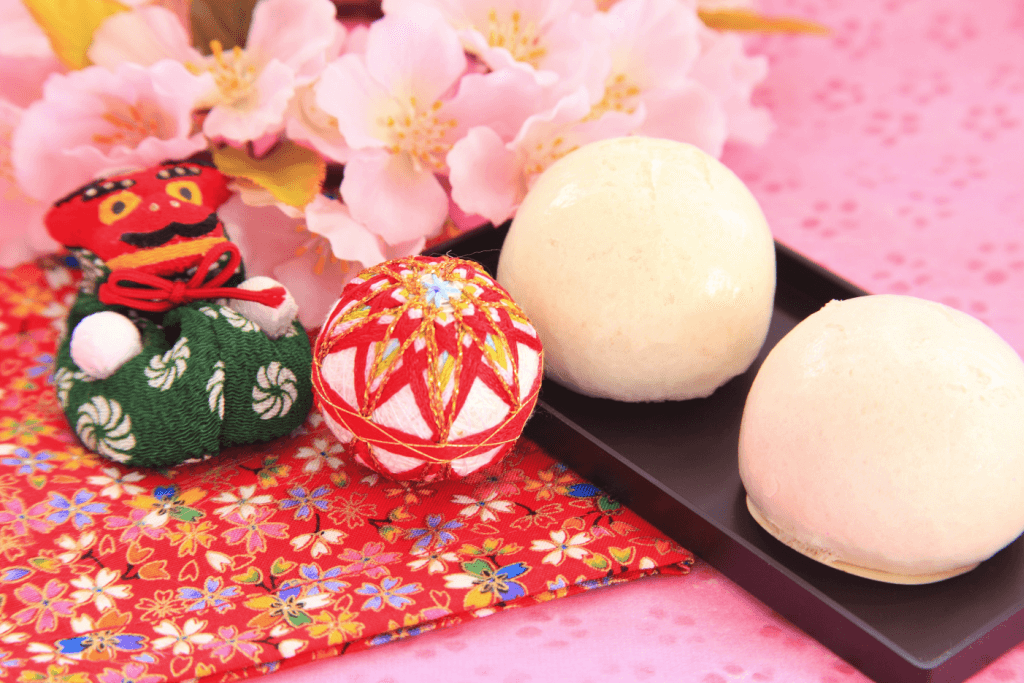
Grated Chinese yams, sugar, and rice flour combine to create the dough. This dough creates a skin wrapped around a sweet bean paste filling, shaped into a ball, and then steam-cooked. Joyo manju is unique because it has no leavening, and the yams are the source of its plumpness.
Wanama
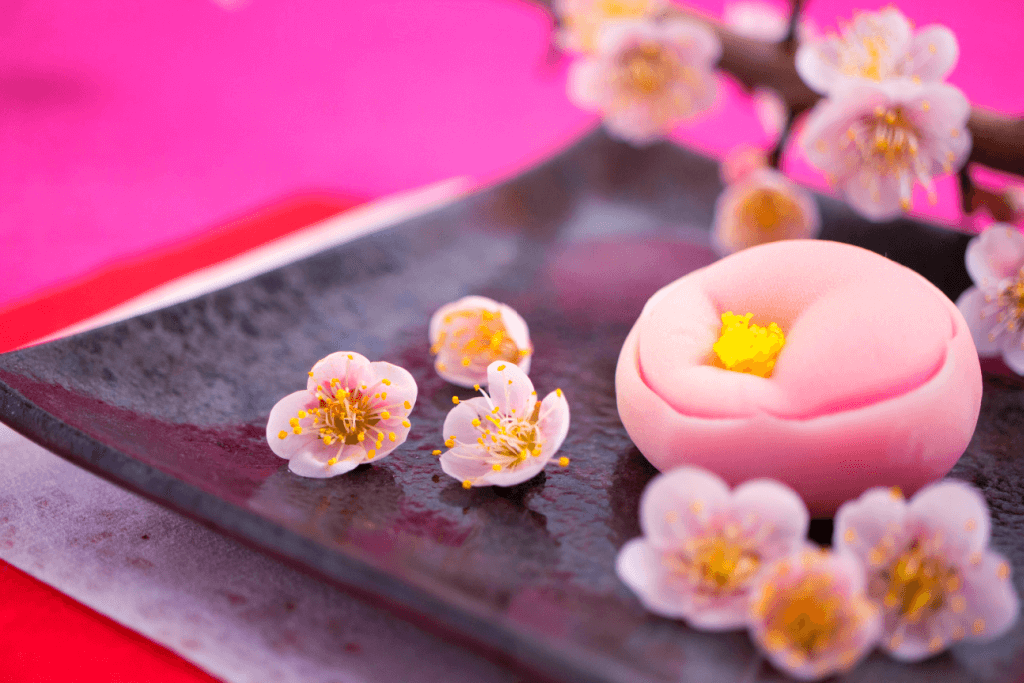
When you think of namagashi, these beautiful and delicate sweets usually come to mind. They use white beans, sugar, and shiratamako (sticky rice flour). Then, they are colored and shaped into several different shapes. Expect pretty pink sweets in the spring around cherry blossom season.
Nerikiri
Some of the most typical photos of wagashi that appear online when people search for them are of nerikiri. They have elegant designs and vibrant colors and are works of art. Their shapes resemble aspects of nature, such as flowers, birds, fruits, and leaves.
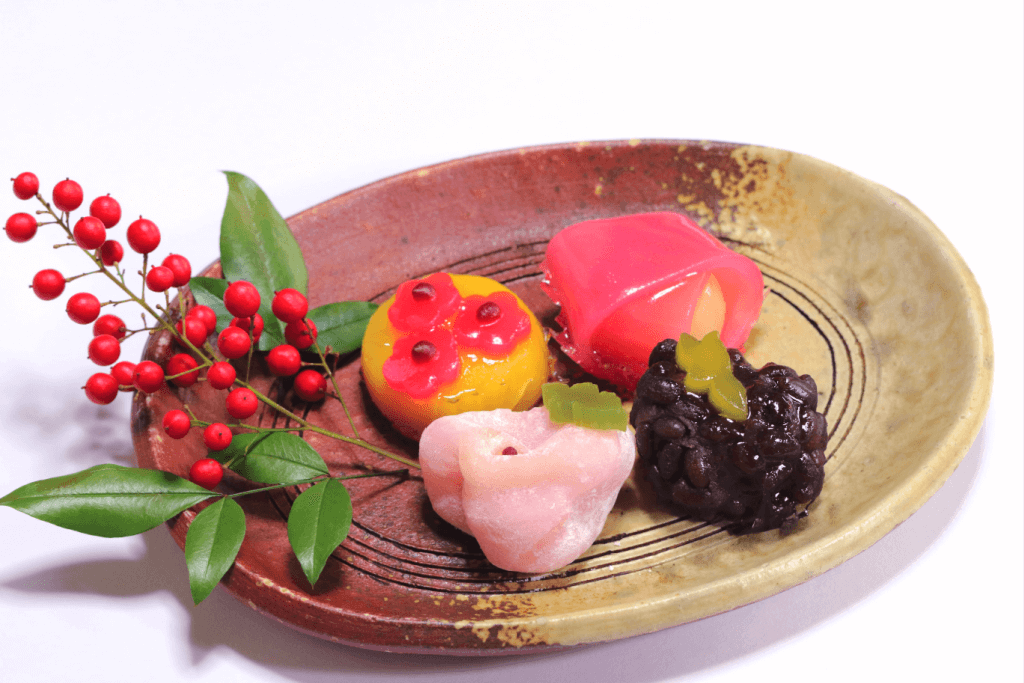
Chinese potatoes, white bean paste, and gyuhi (a softer mochi) combine to make delicate dough for nerikiri. People then color and shape the dough into various forms and patterns around a sweet bean paste filling in the middle.
One of the most popular wagashi used in Japanese tea ceremonies is nerikiri, which is essential in reflecting the seasonal changes in Japan. Nerikiri is famous for its artistry and superb taste.
Kintsuba
Kintsuba uses square pieces of sweet bean paste. Tsubu-an (chunky azuki bean paste) dough, then set with kanten (Japanese agar), wrapped in flour, and mixed with water. Then, people dip the square into a very light batter and cook it. Kintsuba is not overly sweet, which makes it perfect to pair with tea. The combination of the moderately sweet filling and slightly salty batter brings out the flavor.
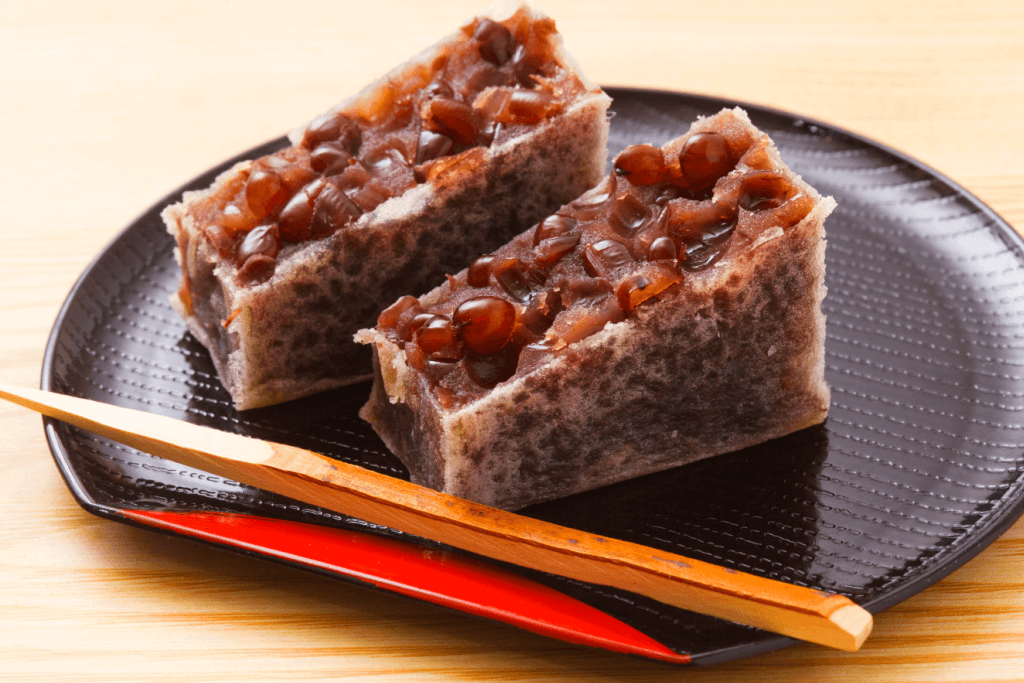
Namagashi is among the most well-liked wagashi varieties because of its many different beautiful decorations. Even though people generally use them for tea ceremonies, namagashi are intricately crafted by hand and usually reflect a particular season. The most common shapes are cherry blossoms in the spring and goldfish in the summer. These are the haute cuisine of Japanese confections and require a significant skill.
Have you tried namagashi or other traditional soft candy before? Which is your favorite? Let us know in the comments below!

